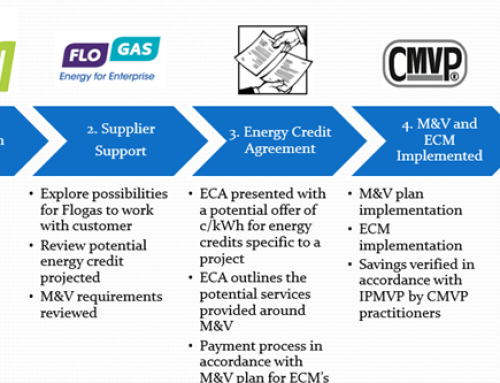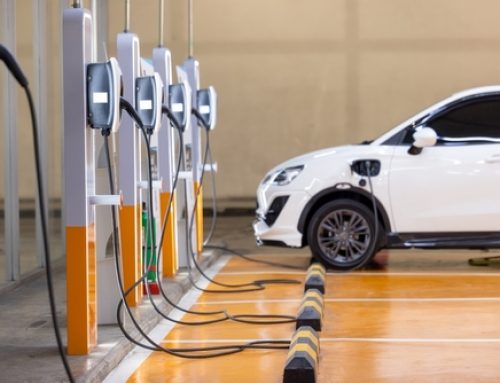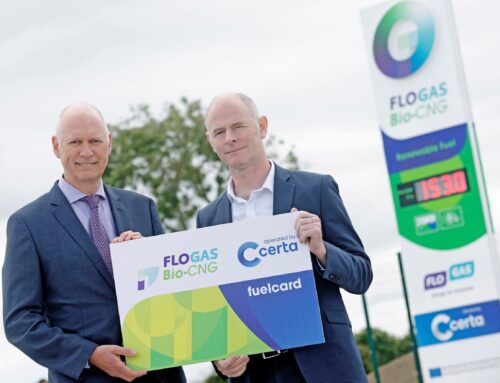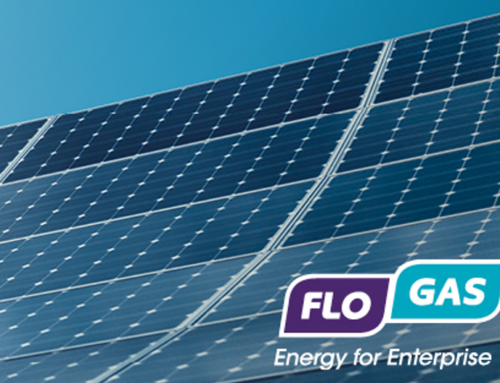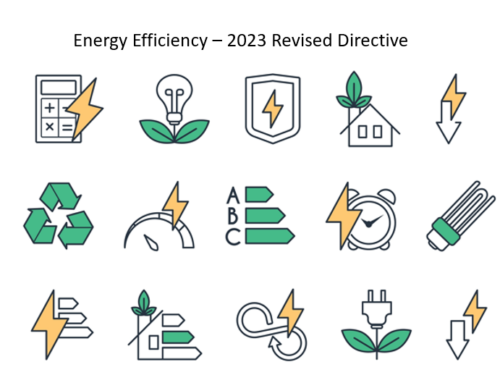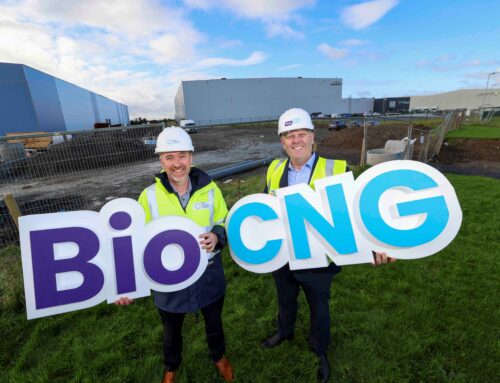Solar PV farms are playing an important role in the generation of renewables throughout Europe. When driving through parts of the Continent you will come across solar PV farms in many countries, much in the same way as you do with wind farms in Ireland. However, this has not been the case in Ireland up to now.
Thankfully this is beginning to change. Solar PV will play a bigger part in Ireland’s renewable generation mix over the coming years, following the recent Renewable Electricity Support Scheme (RESS) auctions.
Global Picture
Solar PV as a technology has been well established as a renewable source of energy globally and has specific advantages as an energy source. Once installed, its operation generates no pollution or greenhouse gas emissions, it is scalable and predictable in terms of power generation.
Advances in technology, as well as increased manufacturing scale, have reduced the cost, increased the reliability and increased the efficiency of solar PV installations.
Financial incentives, such as feed-in tariffs for large scale solar generated electricity, have supported solar PV installations in many countries. To date over 100 countries have significantly invested in Solar PV as a key element of their renewables energy strategy.
In 2019, worldwide installed PV capacity increased to more than 635 (GW) covering approximately two percent of global electricity demand.
The PV industry has seen dramatic drops in prices since 2008. This has helped to ensure a strong return on investment for projects.
Financial incentives have also been offered to electricity consumers to install and operate smaller scale Solar PV systems across the globe. Governments have offered incentives to encourage the PV industry to achieve the economies of scale needed to compete i.e. where the cost of solar PV generated electricity is above the cost from the existing grid. Such schemes are implemented to promote national renewable energy policies and support the reduction of carbon emissions.
Due to economies of scale and as manufacturers increase production to meet demand, the cost and price is expected to drop further in the years ahead, making solar PV an even more attractive option for renewable grid generation and end-user onsite generation.
Local Picture
In Ireland we have lagged behind other countries in implementing solar PV projects. Ireland has long hours of daylight to capitalise on; we are ideally placed to get high values from solar PV as the light level is very good, especially so when seasonal light is at its peak; This makes solar PV a great long term and sustainable renewable energy option for Ireland.
Recently, solar projects secured almost 800MW of generation capacity from Ireland’s first Renewable Electricity Support Scheme (RESS), exceeding all expectations.
The RESS auction had been expected to grant just 10% of its capacity to solar PV, equivalent to somewhere in the region of 100 – 300MW. However, solar PV performed well against competing technologies, securing 34% of the overall auction volume.
Solar PV accounts for a total of 63 projects in RESS with a total generating capacity of 796MW, and a strike price of €72.92/MWh. Ireland will expect to see a lot of these solar PV projects rolled out across the country over the coming years and they will form an integral element in ensuring Ireland meets its 2030 goal, which is 70% of the electricity fuel mix coming from renewable sources.
The map below shows the location of solar PV projects successful in the first RESS auction in 2020.

Map of Ireland Solar PV sites
Onsite generation
We are now seeing more and more industrial and commercial organisations implementing solar PV solutions onsite. These can be roof mounted or land mounted installations.
With the cost of solar PV reducing over the last number of years, commercially it makes more sense for organisations to generate their own electricity. This ensures that they reduce their grid energy bills and more important they are playing a significant role in reaching their own carbon reduction and sustainability targets.
Payback periods for onsite solar PV generation can now be between 5 to 6 years. This is well down on the 10 to 15 years payback period not too long ago. This option will become more and more compelling to organisations in Ireland over the coming years.
Solar PV will play a bigger part in Ireland’s renewable strategy over the coming decades. Combined with onshore and offshore wind, Ireland should be in a good position within Europe as a leader in renewable electricity generation.
If you would like to speak to Flogas about a solar PV project or any other energy projects, please contact Barry Murphy at: barry.murphy@flogasenterprise.ie or +353-1-884 9400.




